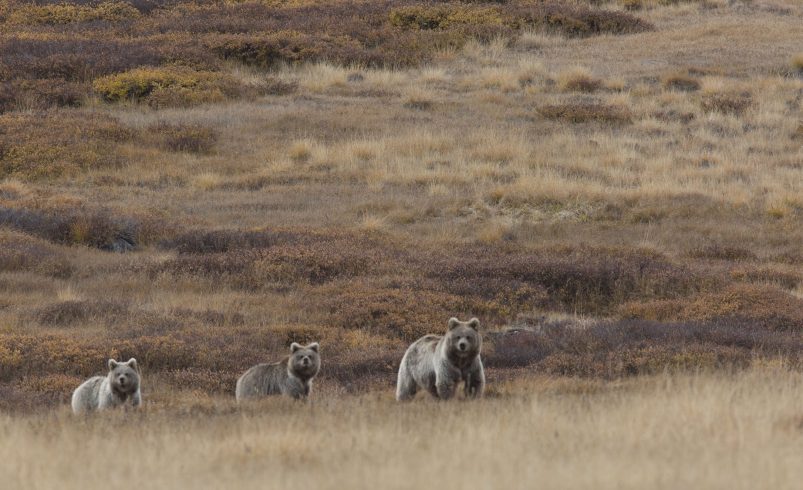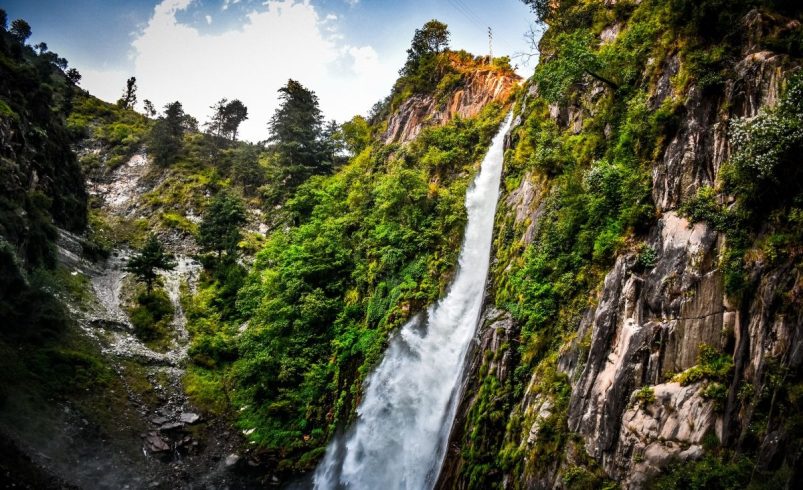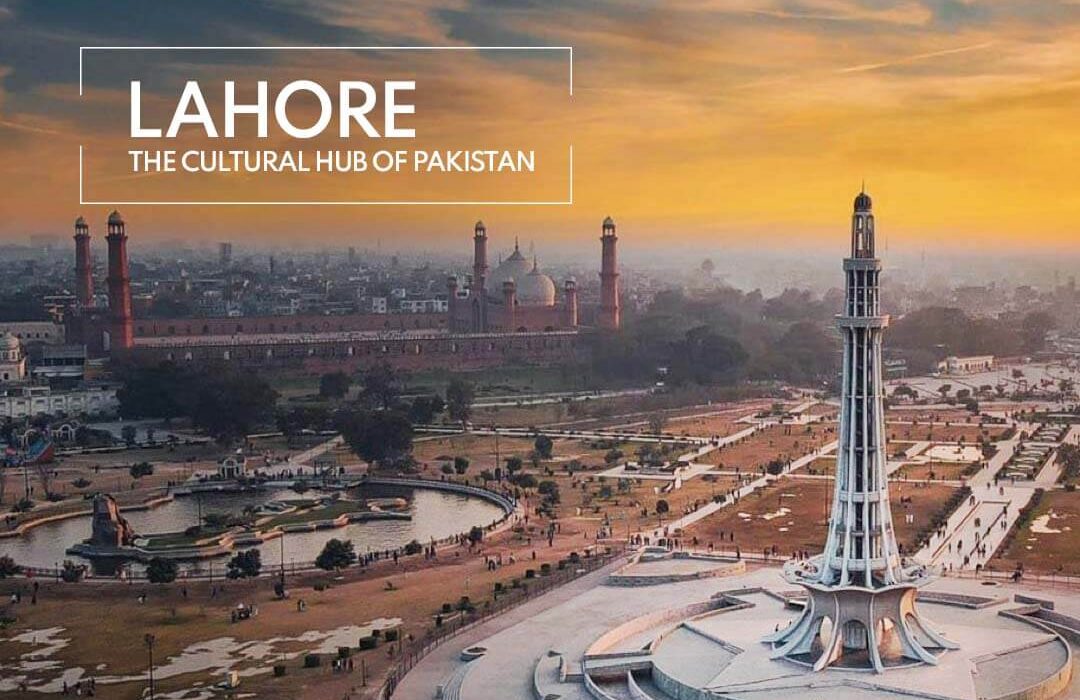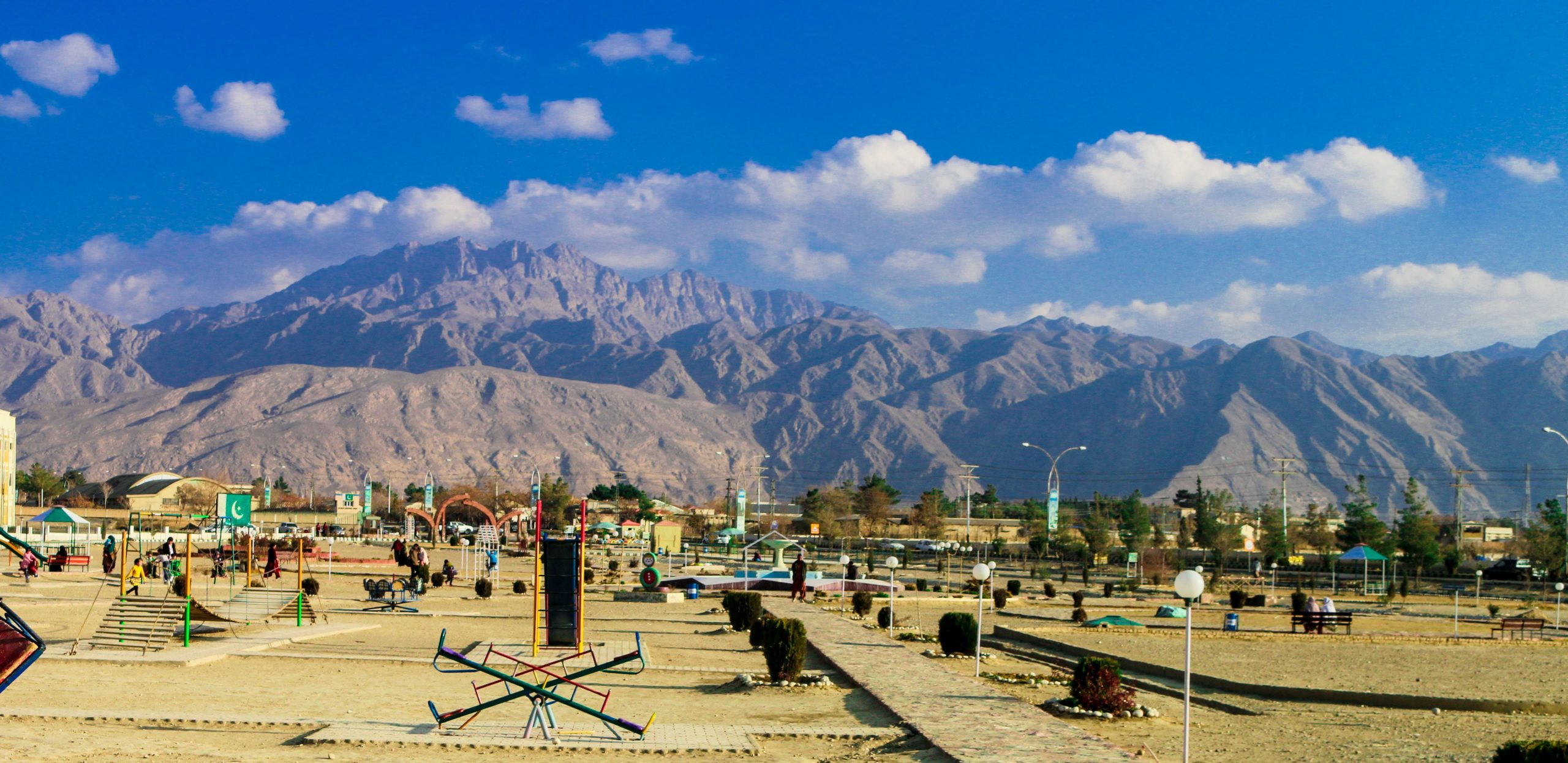
- December 6, 2024
Introduction
Pakistan’s National Parks are a symbol of the country’s biodiversity, natural beauty, and cultural richness. From the alpine plateaus of the north to the rugged coasts of the south, these protected areas are a haven for wildlife and offer a refreshing escape for nature lovers. The country boasts over 30 national parks, each with its own unique ecosystem, making it a paradise for adventure seekers, eco-tourists, and photographers.
History and Cultural Heritage
The journey of establishing national parks in Pakistan began post-independence, focusing on preservation of flora, fauna, and cultural heritage. These parks not only serve to conserve wildlife but also represent a deep cultural connection with local communities, many of which have lived harmoniously with nature for generations.
- Deosai, once used by shepherds, is now one of the highest plateaus in the world.
- Khunjerab, near the Chinese border, was established to protect the endangered Marco Polo sheep.
- Margalla Hills, with its Buddhist heritage, also safeguards Islamabad’s green lungs.
These parks showcase a blend of natural ecosystems and indigenous cultures, providing insight into the country’s rich past and vibrant present.
Top Pakistan’s National Parks to Visit
Deosai National Park – Skardu
Located at an average elevation of 4,114 meters, Deosai is also known as the “Land of Giants“. It remains snow-covered for most of the year and opens up to a colorful world of wildflowers and butterflies in summer.
Key Highlights:
- Rich biodiversity including Himalayan brown bear, red fox, and golden marmot
- Alpine meadows, Sheosar Lake, and river valleys
Places to Visit:
- Sheosar Lake – Crystal-clear alpine lake
- Bara Pani – River camp area with amazing views
- Kala Pani – Scenic picnic point
Khunjerab National Park – Hunza
Established in 1975, this high-altitude park is Pakistan’s third-largest. It’s famous for the Khunjerab Pass and wildlife like snow leopards and ibexes.
Key Highlights:
- Home to endangered Marco Polo sheep
- Adjacent to the China border
Places to Visit:
- Khunjerab Pass – The world’s highest paved border crossing
- Wildlife Viewing Points
- Pak-China Gate
Margalla Hills National Park – Islamabad
Part of the Himalayan foothills, it was declared a national park in 1980. It offers a perfect nature retreat for the residents of the capital.
Key Highlights:
- Trail network for hiking
- Home to diverse bird species and leopards
Places to Visit:
- Daman-e-Koh – Panoramic viewpoint
- Monal Restaurant – Scenic dining
- Pir Sohawa – Hilltop village
Hingol National Park – Balochistan
The largest national park in Pakistan, Hingol covers over 6,000 sq. km. It features coastal cliffs, deserts, and mountains.
Key Highlights:
- Mud volcanoes and Hinglaj Mata Temple
- Home to Ibex, Balochistan bear, and crocodiles
Places to Visit:
- Kund Malir Beach
- Princess of Hope rock formation
- Hinglaj Temple
Hazarganji-Chiltan National Park – Balochistan
Known for the rare Chiltan ibex, this park is a sanctuary located close to Quetta.
Key Highlights:
- Chiltan and Sulaiman ranges
- Over 225 species of plants
Places to Visit:
- Chiltan Wildlife Point
- Trekking Trails
- Herbal plant zones
Chitral Gol National Park – Chitral
This beautiful park was created to conserve the habitat of the markhor, Pakistan’s national animal.
Key Highlights:
- Panoramic valleys and steep cliffs
- Glacier-fed streams
Places to Visit:
- Birmoghlasht Fort
- Wildlife watchtowers
- River Streams
Broghil Valley National Park – Chitral
Tucked near the Afghan border, Broghil is a remote and untouched beauty.
Key Highlights:
- Numerous alpine lakes and glaciers
- Yak pastures
Places to Visit:
- Karambar Lake
- Broghil Meadows
- Wakhan Corridor
Lal Suhanra National Park – Bahawalpur
One of South Asia’s largest parks, Lal Suhanra is unique for containing desert, forest, and wetland ecosystems.
Key Highlights:
- Migratory birds
- UNESCO-recognized biosphere
Places to Visit:
- Black Buck Reserve
- Patisar Lake
- Desert Safari
Ayubia National Park – Abbottabad
Established in 1984, it spans pine forests and is popular among tourists in Galiyat.
Key Highlights:
- Pine-covered trails and pleasant weather
- Common leopard and black bear habitats
Places to Visit:
- Pipeline Walking Track
- Dunga Gali
- Mukshpuri Top
Kirthar National Park – Sindh
Covering both mountains and plains, it is home to Sindh wild goats, leopards, and striped hyenas.
Key Highlights:
- One of Pakistan’s oldest parks
- Archaeological significance
Places to Visit:
- Rani Kot Fort
- Gorakh Hill
- Kirthar Mountains
FAQs
What is the best time to visit Pakistan’s National Parks?
Certainly! National Parks in Pakistan vary in climate. Northern parks like Deosai are best from June to September, while southern parks like Hingol are ideal from October to March.
Are Pakistan’s National Parks safe to visit?
Absolutely. Most parks are safe with proper guidance. Always check local travel advisories and hire local guides when exploring remote areas.
Can I camp in the National Parks?
Yes, some Pakistan’s National Parks like Deosai, Khunjerab, and Broghil allow camping. Make sure to bring your own gear and follow park rules.
Is a permit required to enter National Parks in Pakistan?
In some areas like Khunjerab and Broghil, entry permits or entry fees may apply. Check with local tourism offices before you go.
Which park is best for wildlife photography?
Chitral Gol and Deosai are perfect for spotting and photographing animals like markhor and brown bear in their natural habitats.
Are there any guided tours available?
Yes, you can find local ecotourism groups and tour operators offering guided visits to most National Parks in Pakistan.
Can families visit these parks?
Certainly! Places like Margalla Hills and Ayubia are perfect for families, with trails, viewpoints, and picnic areas.
What should I pack for visiting these parks?
Pack weather-appropriate clothes, sunscreen, insect repellent, water bottles, hiking boots, and a first aid kit.
Are there accommodations near these parks?
Yes. From eco-lodges near Deosai to hotels in Islamabad for Margalla, every park has nearby accommodation options.
Do these parks have endangered species?
Yes, including snow leopards, Marco Polo sheep, Chiltan ibex, and indus dolphins depending on the region.
Can I bring pets to the parks?
It is generally discouraged, as it may disturb the wildlife. Always check with park authorities first.
How to reach these parks from Islamabad?
- Deosai – 14 hrs drive to Skardu then 1 hr to Deosai
- Margalla Hills – 20 mins drive
- Khunjerab – 18 hrs via Karakoram Highway
Which is the highest-altitude national park in Pakistan?
Khunjerab National Park, located at 15,397 ft, holds this record.
What are some activities to do?
Hiking, camping, birdwatching, wildlife photography, and stargazing are popular activities in National Parks in Pakistan.
Are drones allowed in these parks?
In most cases, drones are restricted to protect wildlife. Seek special permission where allowed.
Which park is good for beach and desert landscape?
Hingol National Park offers beaches, mud volcanoes, and desert views – all in one.
Are these parks open year-round?
Not all. Some like Deosai are seasonal due to snowfall. Always confirm with park offices.
What kind of wildlife can I see?
You can see leopards, bears, ibex, marmots, porcupines, wild goats, and over 200 bird species.
Which park is best for hiking?
Margalla Hills offers over 5 well-maintained hiking trails for beginners and pros alike.
Are these parks accessible for people with disabilities?
Accessibility varies. Margalla Hills and Ayubia have better infrastructure than remote parks like Broghil.
Conclusion
Pakistan’s National Parks are treasures waiting to be explored. They not only preserve biodiversity but also reflect the cultural identity of their regions. Whether you’re an adventurer, a wildlife photographer, or someone seeking serenity, these parks offer a memorable escape into nature. Plan wisely, travel responsibly, and experience the untamed beauty of National Parks in Pakistan.






